What to do on Orpheus Island
Orpheus Island is located off of North Queensland's coast within the Shire of Hinchinbrook and is part of the Palm Island Group that is 110 km north of Townsville and 45 km east of Ingham. Orpheus Island is a National Park and part of the Great Barrier Reef World Heritage Area.

Location - Orpheus Island National Park, Queensland, Australia
Orpheus Island is located off of North Queensland's coast within the Shire of Hinchinbrook and is part of the Palm Island Group that is 110 km north of Townsville and 45 km east of Ingham. Orpheus Island is a National Park and part of the Great Barrier Reef World Heritage Area, as is Pelorus Island, another famous island in the area, which is 800 metres to the north.
Orpheus Island is about 12 kilometres long and varies from 1-2.5 kilometres wide. The island is hilly and has rocky headlands and sandy beaches, with the total area exceeding 1300 hectares.
The original, Aboriginal name for Orpheus Island is Goolboddi Island, but the more commonly-known 'Orpheus' name was given to the island in 1887 by Lieutenant G. E. Richards, referring to the HMS Orpheus.
Not only does Orpheus Island support key Indigenous landmarks and historic shipwrecks, but it is also home to stunning natural habitats, both land and sea alike.
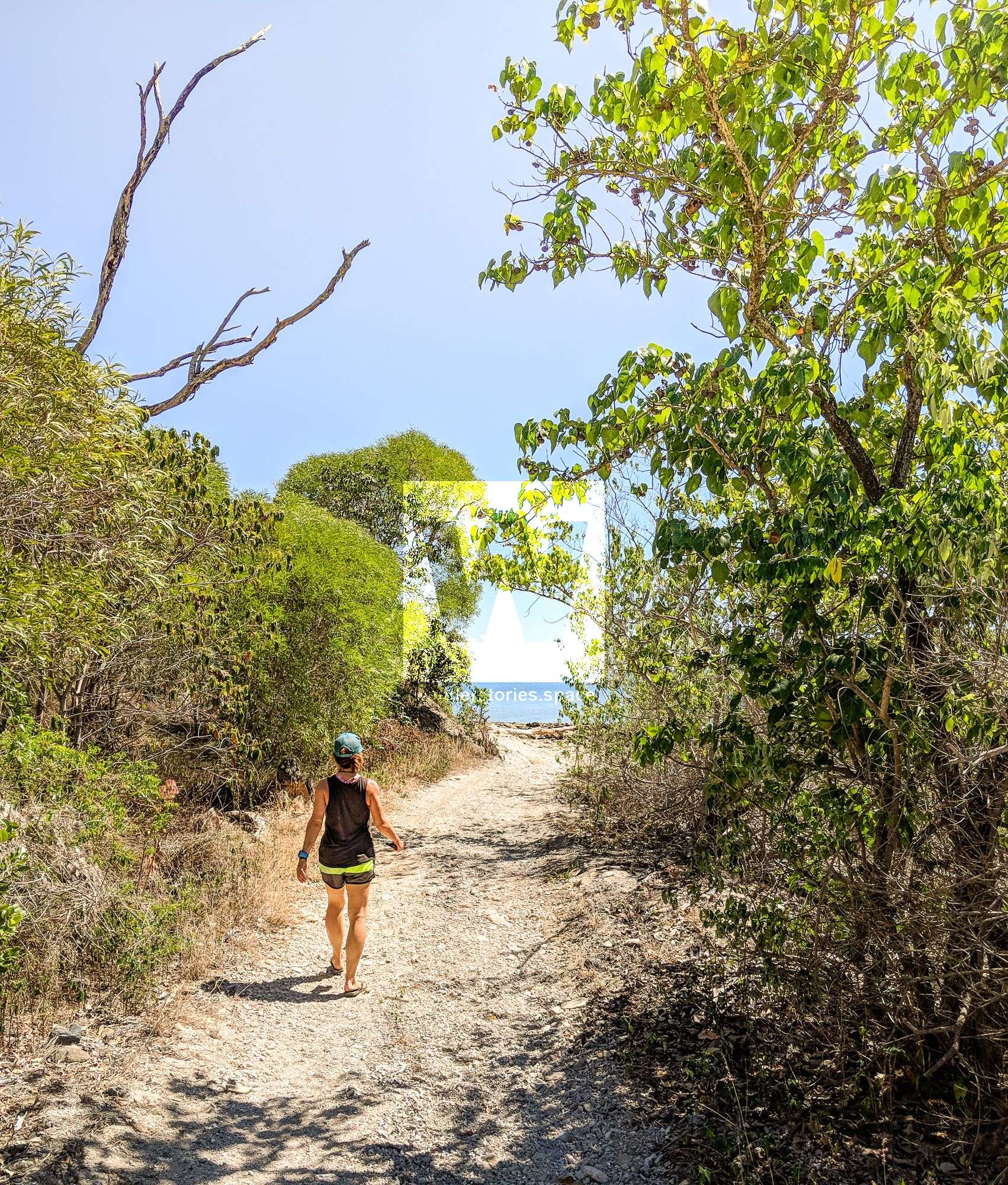
Surely, the island offers endless opportunities to bush walk through breathtaking Australian eucalypt forests and views of this veritable paradise from one of the many scenic lookouts adorning the island. Being a vehicle-free island also means that your bush walks will be quiet and unspoilt, as you trek your way through the forests checking out the spectacular horizons. If you're a water-dweller, you are also in luck. The island and its surrounds are home to to 1,500 known species of fish and 340 species of coral that help support the biodiversity of the area and contribute to the shapes, colour, health, and life that truly make the mangroves, lagoons, and reef flats around the island a paradise for nature lovers.
Indeed, Orpheus Island offers a visually-stunning and laidback, relaxed atmosphere as well as secluded, sheltered bays, spectacular fringing reefs, and interesting geological features.
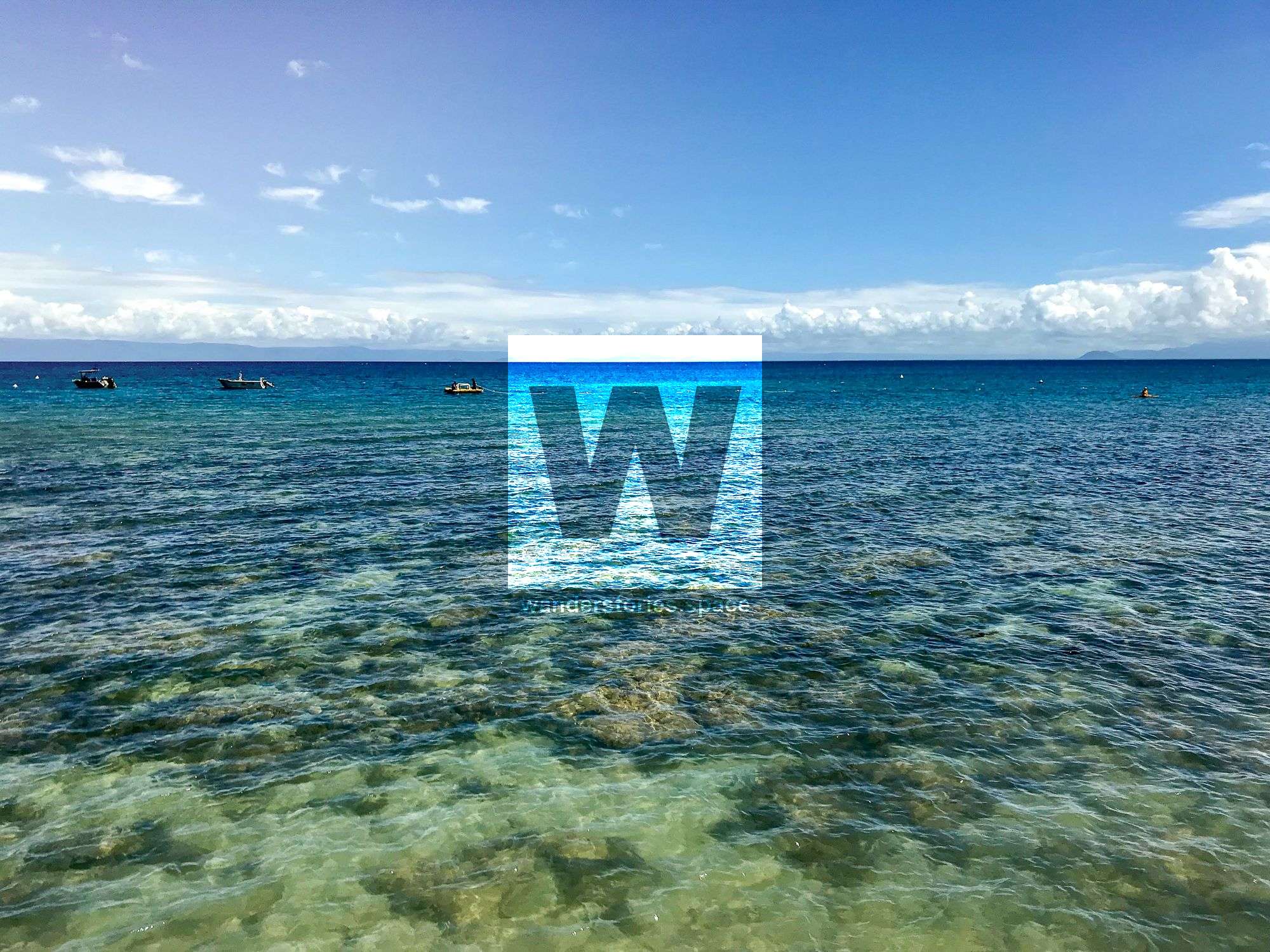
Geology, flora, and fauna
The island is composed of volcanic rocks that formed around 280 million years ago. Molten rock intruded into cracks in the granite bedrock, forming distinctive ring dykes. A spider web pattern of dykes can be seen on the headlands and rocky shores.
Dry woodlands of Moreton Bay ash and acacia (wattle) trees dominate the island. Scattered rainforest grows in gullies and sheltered bays, featuring figs and macaranga trees with their large distinctive heart-shaped leaves. Grasslands also occur in small irregular bands across the island.
Several mammals, birds, reptiles, and amphibians are found on the island. Many of the native mammals are nocturnal but you might see an echidna foraging in the forest or a bandicoot darting across the path. Terrestrial birds, such as the orange-footed scrubfowl, can sometimes be heard scratching among the rainforest litter. This species build mounds of vegetation in which they incubate their eggs. Seabirds, such as ospreys and egrets, are common and may be seen foraging near the mangroves. Brahminy kites are known to soar the skies around the island as well. Reptiles, including brown tree snakes, whipsnakes, spotted and carpet pythons, and various skinks and geckos, can often be seen in the rainforest and woodland areas. There are even blue-tongued, legless, and monitor lizards. As for amphibians, frogs are numerous, but unfortunately the invasive cane toad has also made its way to the island.
It would be quite the endeavour to list all of the underwater flora and fauna you'll find around Orpheus... you'll just have to go see for yourself.
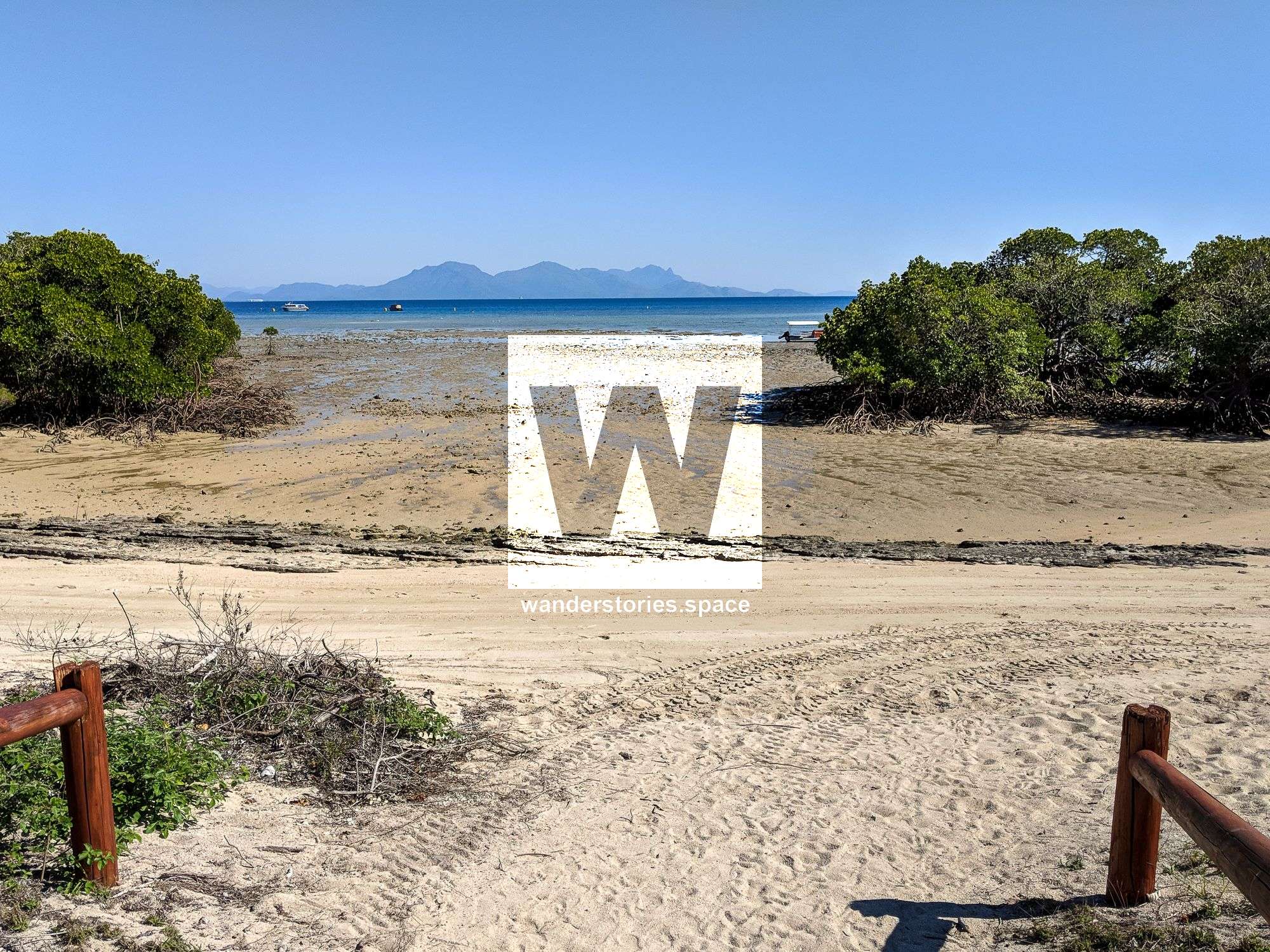
Weather
Orpheus Island National Park has a tropical climate. Summer can be very hot and humid, with maximum temperatures exceeding 35°C. During the wet season, from December to April, there are heavy, frequent downpours of rain. During the cooler, drier months, from May to September, when south-easterly winds normally blow, the weather is pleasantly warm, with reduced humidity. During these months, overnight temperatures can approach 10°C.
How to get there
Access to Orpheus Island is by charter, private boat, SeaLink, Absolute North Charters, or helicopter.
The closest boat ramp is at Taylors Beach, which is 25 km from Ingham. Lucinda boat ramp is also another popular launching place. During certain seasons of the year, SeaLink does day tours to Yank's Jetty, which is on the west side of the island; this is a great opportunity to see part of this hidden gem. Absolute North Charters can collect you from Lucinda and drop you off at Yanks Jetty or Pioneer Bay (weather permitting). They can even take your kayaks over for you, which opens up great exploration opportunities.
The Orpheus Island Research Station (OIRS), which is operated by James Cook University (JCU), is also located on the island, as well as an exclusive resort, the Orpheus Island Lodge. However, the closest government facilities are on neighbouring Palm Island.
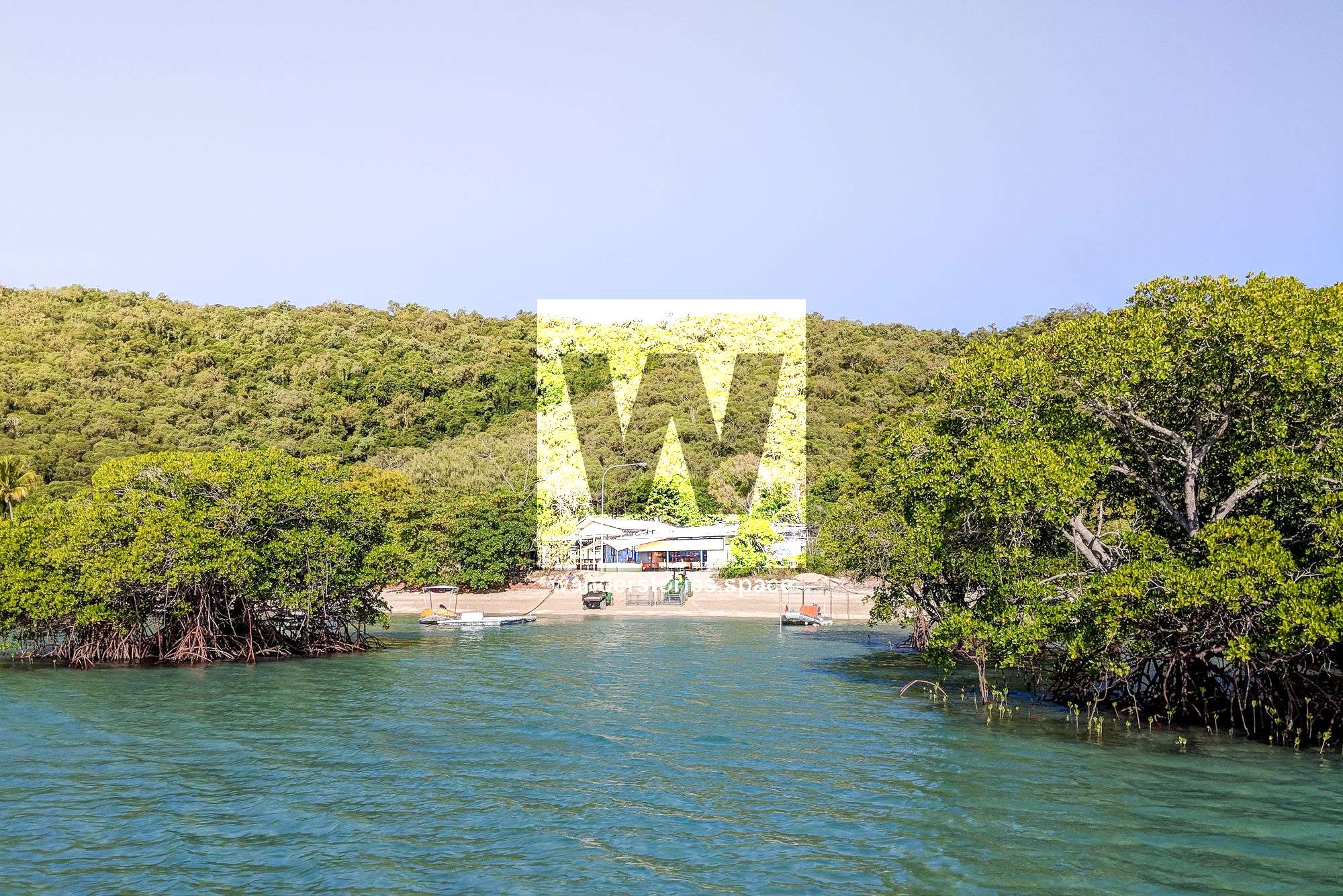
Where to stay
Camping is permitted at Yank's Jetty, South Beach, and Pioneer Bay. Campers must be self-sufficient, and permits are required. Picnic tables and toilets are provided at the bush camping sites at both Yank's Jetty and Pioneer Bay. A shelter with a gas barbecue is also provided at Yank's Jetty; although, gas or fuel stoves are recommended, as barbecue availability cannot be guaranteed. Fires are prohibited, and you will need to bring your own drinking water.

What could be better than camping on Yank's Jetty, underneath a starlit sky that overlooks the beautiful Coral Sea? Not much. Yank's Jetty got its name, as it was an American submarine repair station during WWII. You can still see some of the old remains on top of the hillside. Take some time to hike up to check them out, as well as the view. In addition, see if you can find the aboriginal paintings around this area.
The JCU Orpheus Island Research Station, which is located in Pioneer Bay, also has accommodation, but this is reserved for research scientists to perform their field work. However, tours/visits can be arranged by contacting OIRS staff. Luxury accommodation is available at the Orpheus Island Lodge, which is in Hazard Bay, but may require booking well in advance.
What to do
The island is definitely known for its stunning marine life and underwater exploring, but Orpheus does have some nice walking and rock-hopping too, if you are so inclined. Otherwise, take the opportunity to explore the clear, azure water surrounding Orpheus, and take in the many species of fish, corals, and other marine life you can find, all of which present such an incredible array of sizes, shapes, and colours.
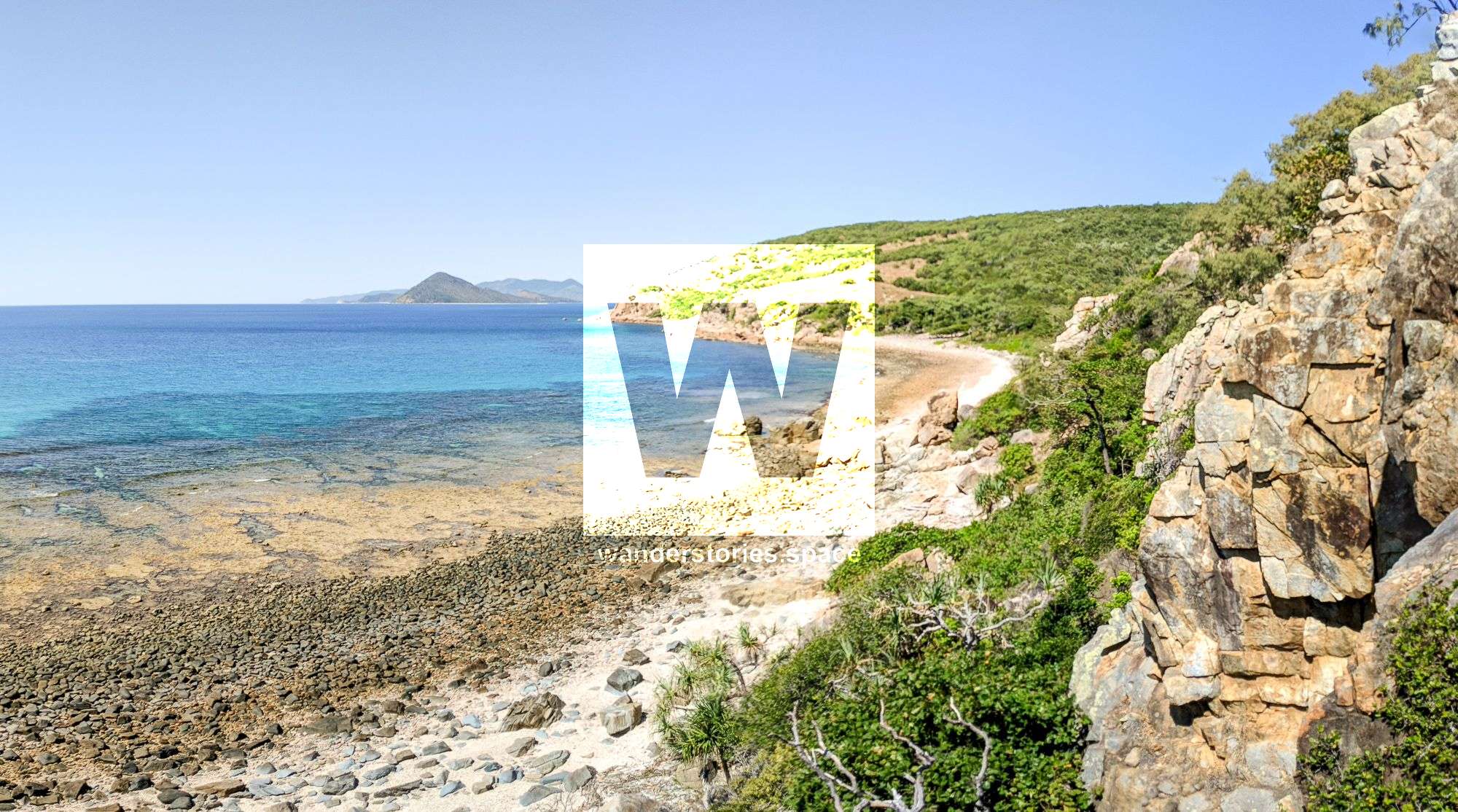
For those interested in snorkelling or diving this natural wonder, you may be keen to snorkel around the protected Giant Clam Garden in Hazard Bay. The lagoons and mangroves of Pioneer Bay will show you newborn sharks and rays, depending on the time of year you visit. Indeed, few destinations offer such exquisite diving and snorkelling experiences. No matter where on the island you are staying, you will find a reef to check out.
If staying on the Orpheus Island Lodge, you will have unlimited use of snorkelling equipment during your stay and they also offer guided snorkelling tours as a part of their daily activities on the island. You might even be lucky enough to see a green turtle or a whale! Orpheus Island Lodge guests can also take a kayak out and explore the mangroves just off the shore, within the sheltered bay.
The reefs and waters surrounding Orpheus Island National Park are protected within the Great Barrier Reef Coast Marine Park and the Great Barrier Reef Marine Park. There are public moorings in the waters around Orpheus Island National Park. Moorings reduce coral damage from anchors and provide safe and sustainable access to popular reefs and islands. They suit a variety of vessel sizes and are accessed on a first-come-first-served basis.
Orpheus Island Lodge Track
Distance: ~1 km one way
Duration: 15 min one way
Grade: 4
If your staying at the Orpheus Island Lodge, there is a walking track loop that takes you along along the cliff tops with views and breeze and then down into a bay on the opposite side of the island.
Pioneer Bay Track
Distance: ~1 km one way
Duration: 15 min one way
Grade: 4
If you are staying at the Pioneer Bay campsite, the track starts just past the old national park seating area. The trail that goes past the ruins of the remains of a shepherd's hut (the first British settlement) to a spectacular viewpoint. Continue to follow the track through the rainforest and then through the grass section to a viewpoint. There are further viewpoints to the north and south as well.

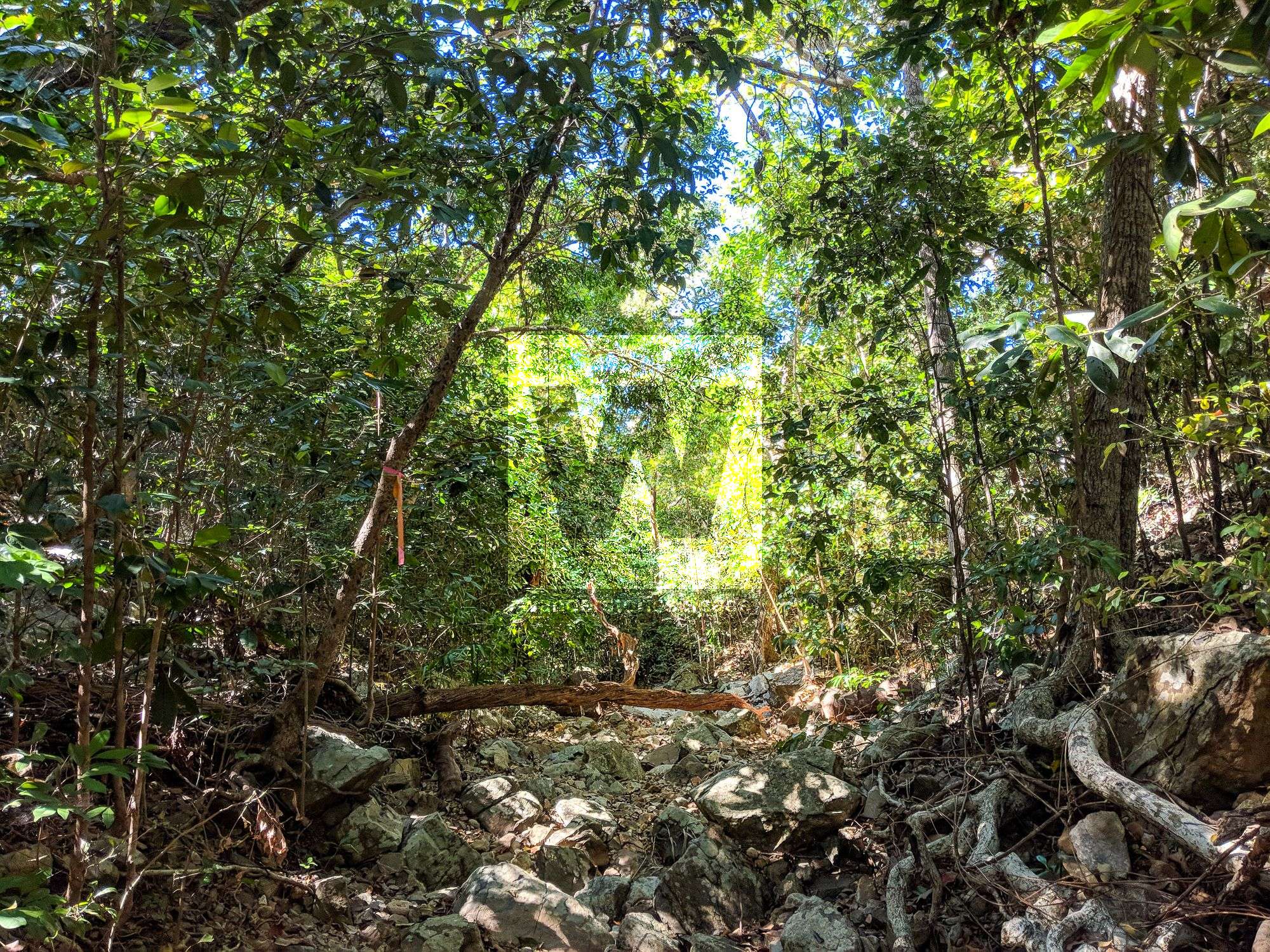
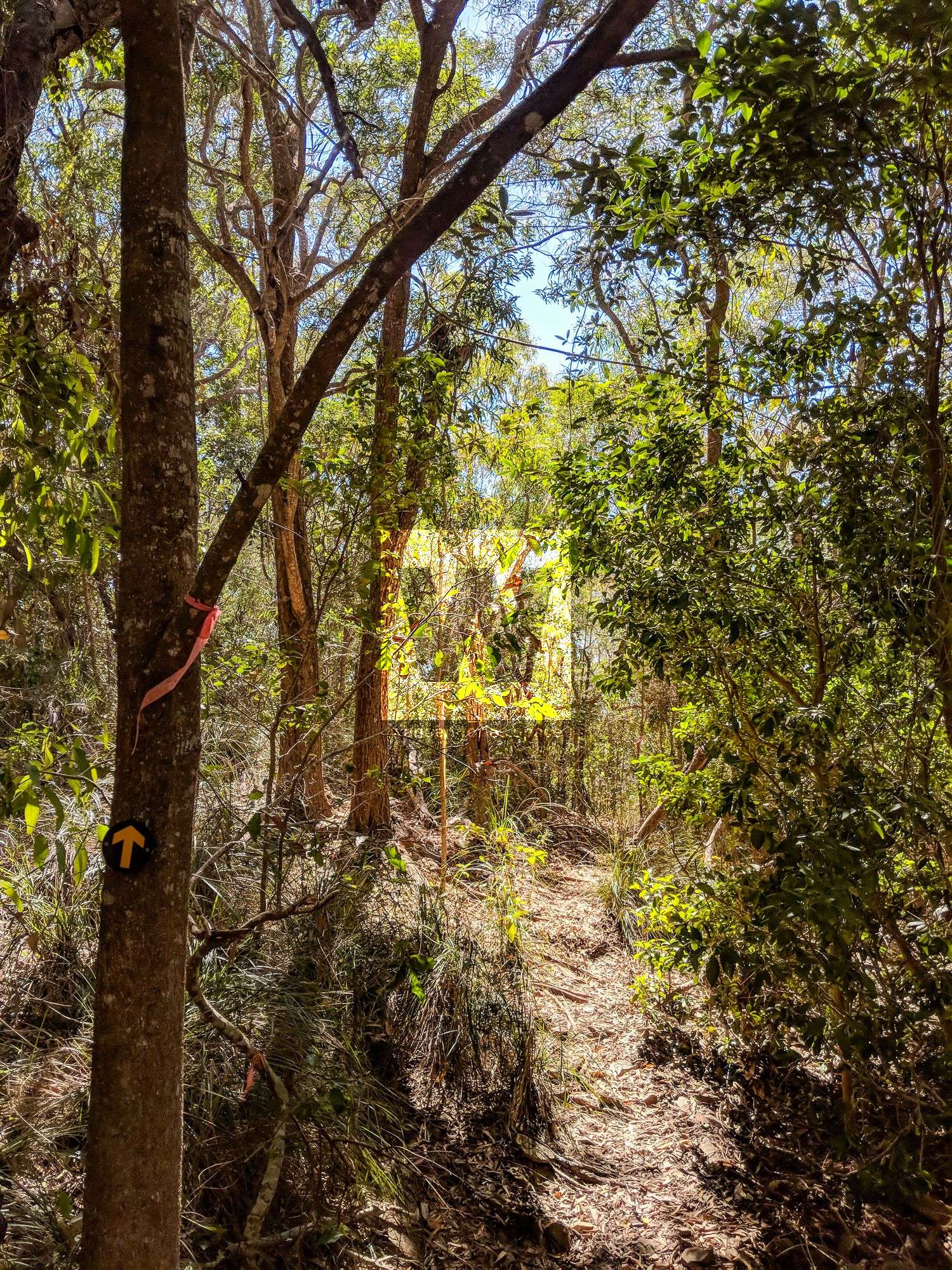
Creepy Crawly Alley Track
Distance: 5 km one-way
Duration: 1 hour one-way
Grade: 4
If staying at JCU Orpheus Island Research Station, you can also take the unofficial Creepy Crawly Alley Track to the bay on the other side of the island. Grade 4, 5 km, 1 hour each way. It has an arduous climb, steep sections and transects along a stream bed subject to flooding. The track is marked with flagging tape.
Albino Rock
Albino Rock, formerly White Rock, is an island east of Great Palm Island, part of the Greater Palm group in Queensland, Australia and is part of Orpheus Island National Park. The surrounding waters are in the Great Barrier Reef Marine Park in the Coral Sea, which is administered by the Great Barrier Reef Marine Park Authority (GBRMPA). The island once held the Albino Rock lighthouse. The older name "White Rock" is at least as old as 1939. Check it out if you have the opportunity.
Interactive Map
What to bring
- Adequate food and water
- First-aid equipment
- Sunscreen and insect repellent
- Hat and sunglasses
- Long-sleeved clothing for protection from the sun
- Fuel or gas stove for cooking
- Rubbish bags to remove all rubbish from the island
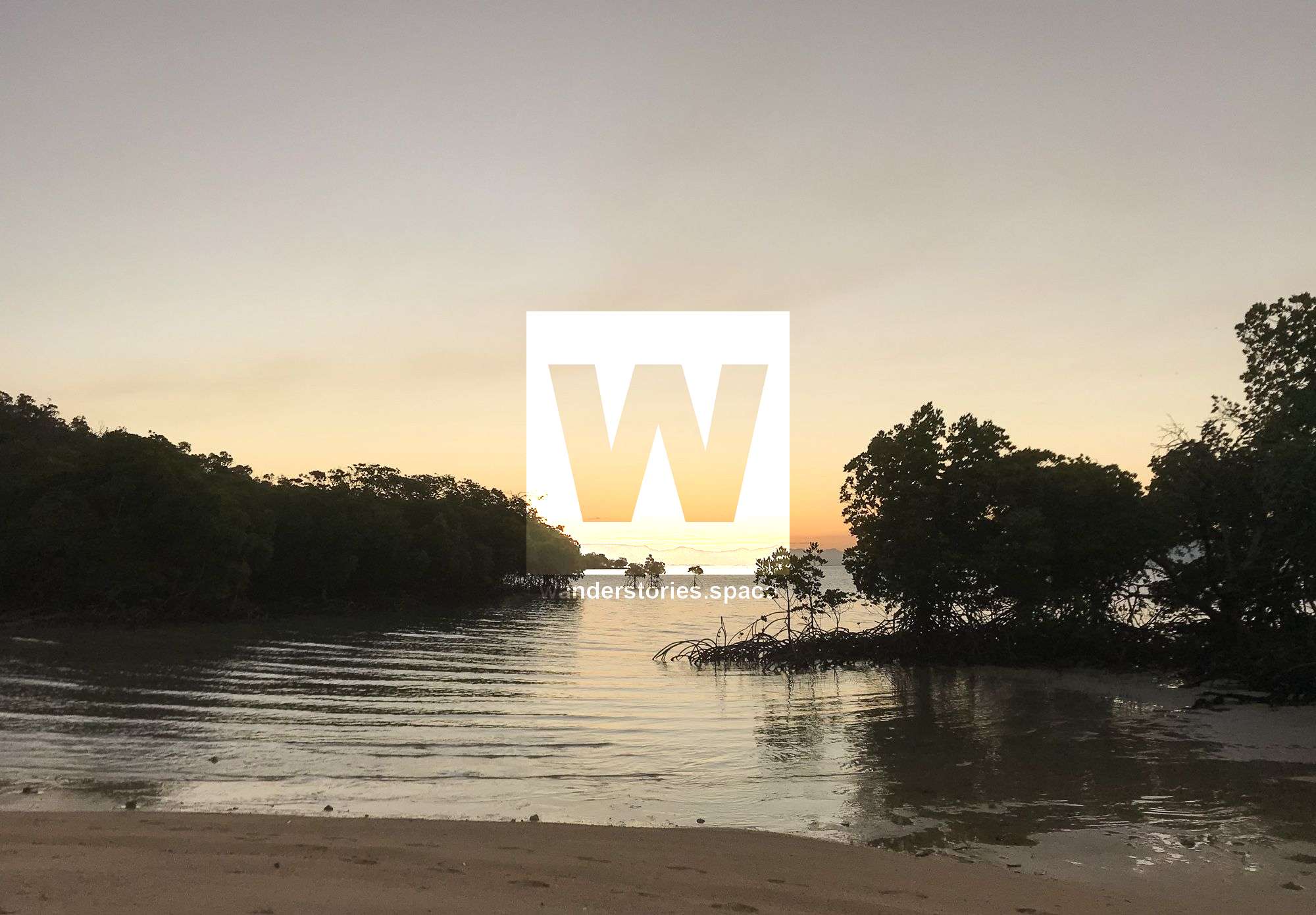
Hazards
Dangerous stinging jellyfish ('stingers') may be present in the coastal waters at any time, but occur more frequently during the warmer months. A full-body stinger suit provides a good measure of protection against jellyfish but also against sunburn, which is also a huge issue in these parts of Australia.
Be aware that estuarine crocodiles may be encountered in waters surrounding continental islands and cays in north Queensland, including Orpheus Island. Estuarine crocodiles are potentially dangerous, as they can inhabit shallow marine and freshwaters alike, hence their name. Never take unnecessary risks in crocodile habitat. Be responsible for your own safety, note cautionary signs and placards, take advice from park rangers and OIRS staff, and overall, be 'crocwise'.
The islands that make up the Great Barrier Reef World Heritage Sites are among the most pest-free islands in the world. Unfortunately, pests can easily hitch a ride with people. Make sure you don't carry pests to any of the Great Barrier Reef islands; you can help to ensure this by bringing only clean hiking/walking/camping gear as well as clean swimming/snorkelling/diving gear. Pack out all of your rubbish as well in an effort to not attract pests.
This article, and all other articles, are for entertainment purposes only and are not to be used as a guide. Please see our Disclaimer for more information.

